When Should You Choose Active vs Passive RFID Tracking?
241Confused about active vs passive RFID? Compare range, cost, battery life, and ideal use cases to pick the right technology for your needs.
MoreAll RFID Product
In April 2025, USDA released the latest Animal Disease Traceability (ADT) regulations. Dairy cattle and certain beef cattle transported across state lines must wear electronic ear tags compliant with the 840 standard.
Honestly, the regulations themselves are dry, but in practice at the ranch, things often don’t go perfectly: sometimes you might scan a cow three times before it reads successfully, making you wonder whether it’s your technique or the chip itself acting up.
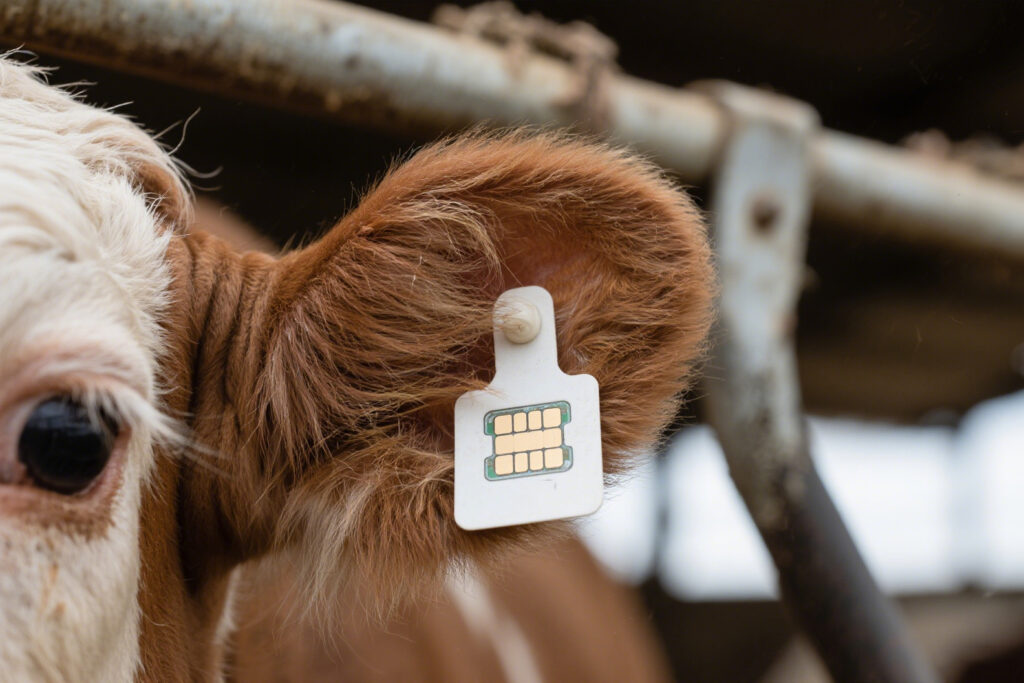
The design goal of electronic ear tags is clear: durable, waterproof, UV-resistant, tear-resistant. But in real-world operation, you’ll notice tags may fail to read a few times under strong sun or heavy rain—experienced ranchers consider this normal.
The benefits are obvious: electronic ear tags combined with handheld RFID readers allow real-time tracking of cattle health, reproduction data, and feed consumption. However, this system demands reliable batteries, data synchronization, and network stability—signal dead zones on a ranch can be more stubborn than the cows themselves.
With USDA new rules in effect, RFID is becoming standard ranch practice. We often talk about “HDX vs FDX-B trade-offs,” referring to different chip protocols’ balance between reading distance, interference, and cost.
A dairy ranch in central California tested 1,200 cows: the average tag reading success rate was about 95%. The remaining 5% were either broken tags or ears too muddy or wet to scan. This “imperfect state” more realistically reflects ranch operational challenges.
Choose the right standard: Always follow USDA 840 standards. Don’t cut corners with cheaper tags, or you risk fines or rejected shipments for interstate transport.
Environmental suitability: California sun, Texas dust storms, Colorado wet snow—select tags with proper weather resistance.
Supporting equipment: Handheld readers, mobile apps, and backend management systems must be compatible. Cheap systems are prone to data loss, breaking the traceability chain.
Training operators: New ranch hands scan slowly or use inconsistent techniques. Hands-on training simulating real scenarios is essential.
Maintenance and inspection: Check tags and readers during daily rounds. Using red or blue tags for marking can help identify problem cattle quickly.
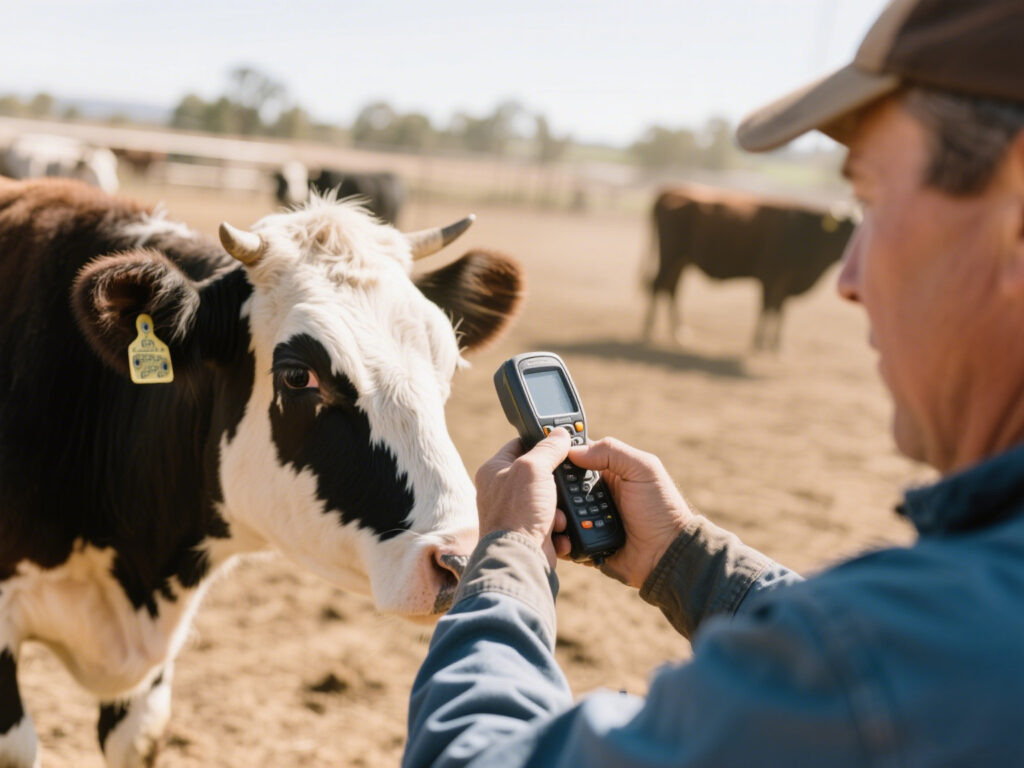
At a dairy ranch in Fresno County, California, the owner manages about 800 cows using an electronic ear tag system. Scanning occurs twice daily, taking roughly 90 minutes each time. Occasionally, battery depletion or cow resistance causes failures.
Experience Summary: “Cows won’t automatically cooperate just because you bought new tags, and equipment isn’t always reliable. But you can optimize workflows and leverage operational experience to keep failure rates acceptable.”
The USDA new rules bring pressure but also drive ranch modernization. Electronic ear tags aren’t perfect—real-world challenges include occasional chip reading failures, device power loss, and weather interference. These are the real “traps.”
However, understanding workflows, environments, and data synchronization enables compliance while improving management efficiency. Future cattle management won’t rely solely on technology, but RFID can help you avoid unnecessary mistakes—success largely depends on experience and execution, not just the tags themselves.
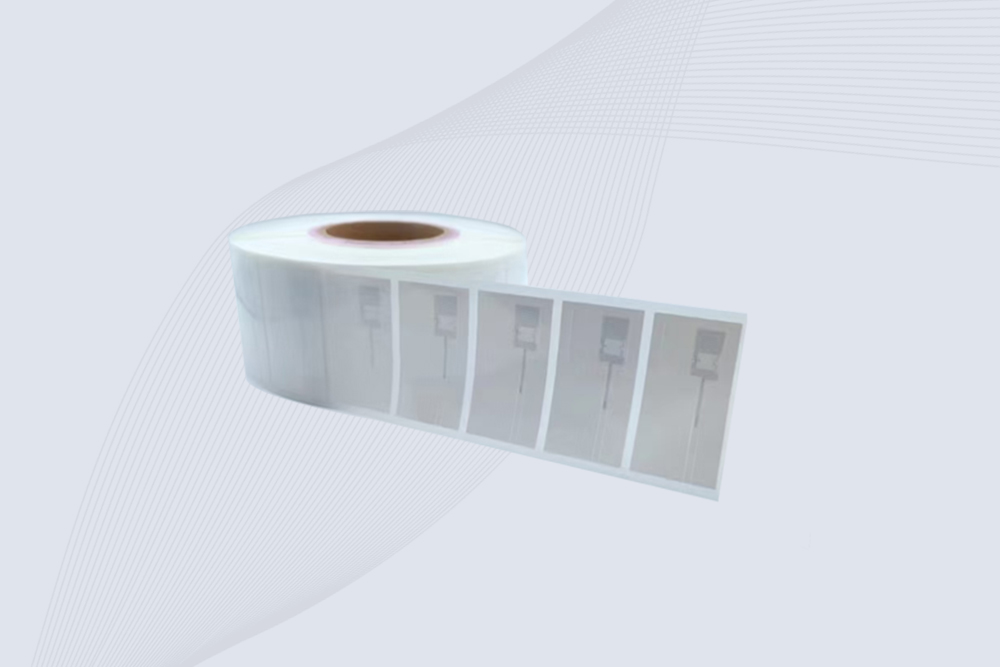
Cykeo CK-BQ6826 Jewelry uhf rfid tag features NXP UCODE 9, 8m read range on metal, and anti-counterfeit security for luxury assets.
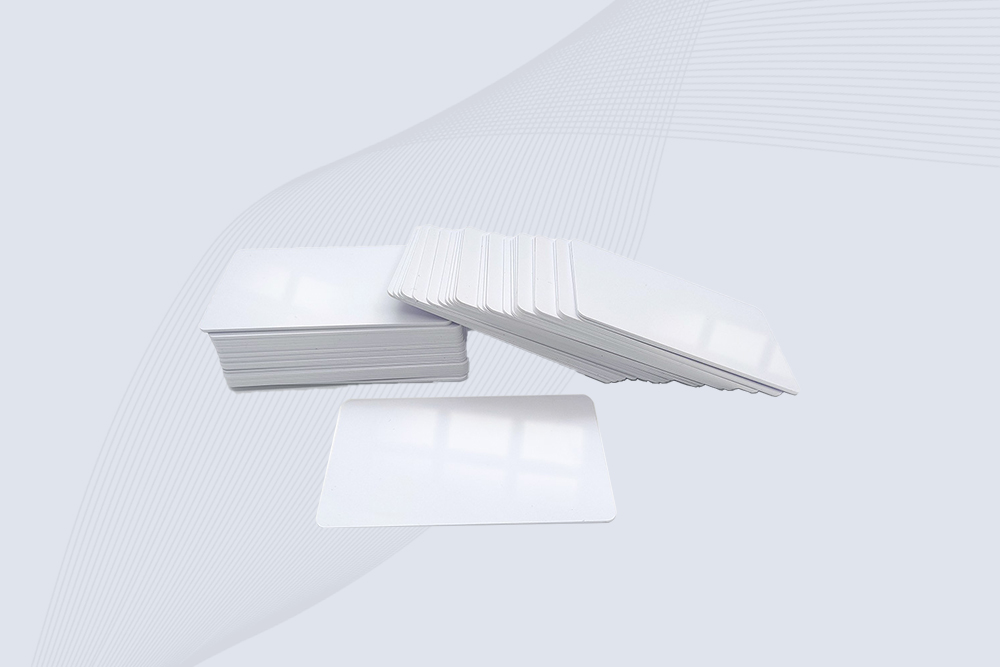
Cykeo CK-BQ8554HF HF rfid cards feature FM1108 chip, 100K write cycles, and customizable printing for access control systems.

Cykeo CK-BQ8554UHF uhf rfid card features U9 chip, 100K write cycles, and CR80 size for access control/inventory management.
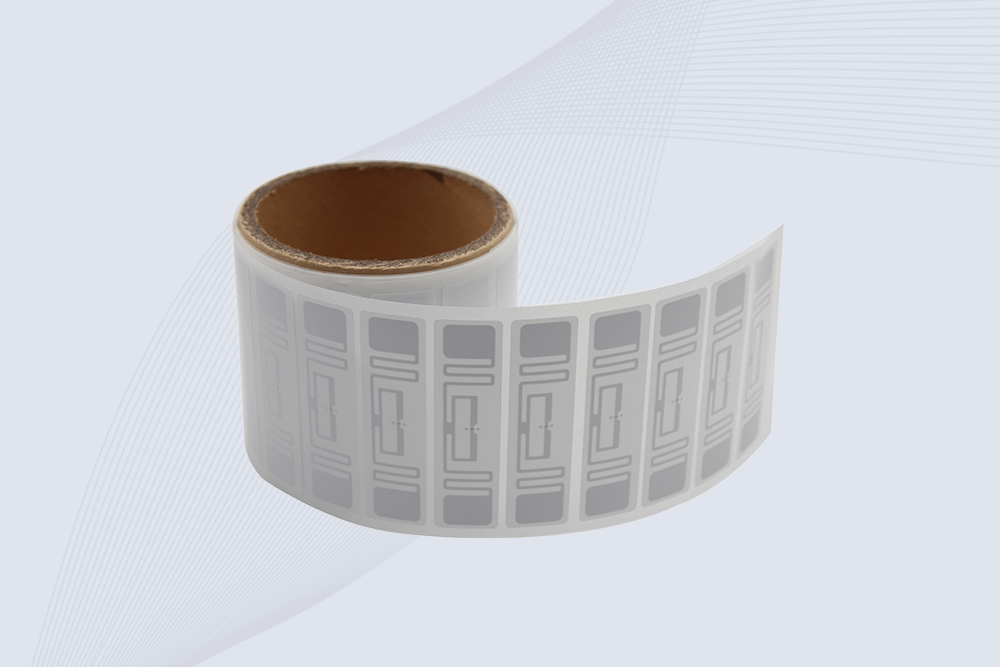
Cykeo CK-BQ7320 UHF RFID asset tag features aluminum-etched antenna, 10-year data retention, and -40°C to +85°C operation for industrial tracking. ISO/IEC 18000-6C compliant with 128-bit EPC memory.
Confused about active vs passive RFID? Compare range, cost, battery life, and ideal use cases to pick the right technology for your needs.
MoreDiscover how RFID modules optimize EV battery recycling—tracking health, ensuring compliance, and reducing costs. Learn Cykeo’s solutions for sustainable battery management.
MoreDiscover how RFID readers enhance asset tracking efficiency in logistics. Reduce costs and errors with Cykeo’s advanced RFID solutions for supply chain management.
MoreExplore the environmental impacts of RFID tag disposal, including e-waste and microplastics. Learn how Cykeo’s eco-friendly designs reduce harm and promote circular economies.
More